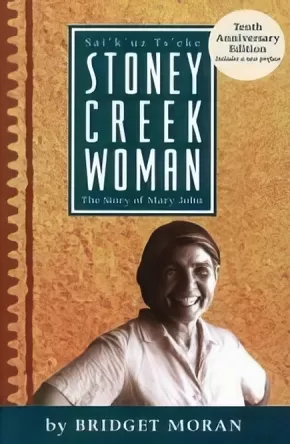Indian Residential Schools and Reconciliation Teacher Resource Guide Social Studies 10
These learning resources are designed to help Grade Ten students attain an understanding of the history of the relationship between Indigenous and non-Indigenous people over Canada’s history. They are for the instruction of youth from all cultural backgrounds, not just Indigenous students.
While the instructional activities are presented in a structured format, they are intended to be flexible in their use. They allow for the application of both a First Peoples Pedagogy and the changing BC Curriculum.
The activities are designed to be adaptable and flexible. Teachers can follow the sequence of lessons, they can use particular lessons or sections as stand-alone activities, or they can adapt the activities to meet their own curriculum planning requirements and the learning needs of their students.
Visit the FNESC web site to download or order a hard copy.
Synopsis:
The captivating story of Mary John (who passed away in 2004), a pioneering Carrier Native whose life on the Stoney Creek reserve in central BC is a capsule history of First Nations life from a unique woman's perspective.
A mother of twelve, Mary endured much tragedy and heartbreak the pangs of racism, poverty, and the deaths of six children but lived her life with extraordinary grace and courage. Years after her death, she continues to be a positive role model for Aboriginals across Canada. In 1997 she received the Order of Canada. This edition of Stoney Creek Woman, one of Arsenal's all-time bestsellers, includes a new preface by author Bridget Moran, and new photographs.
Shortlisted for the Roderick Haig-Brown Regional Prize
Now in its 14th printing.






